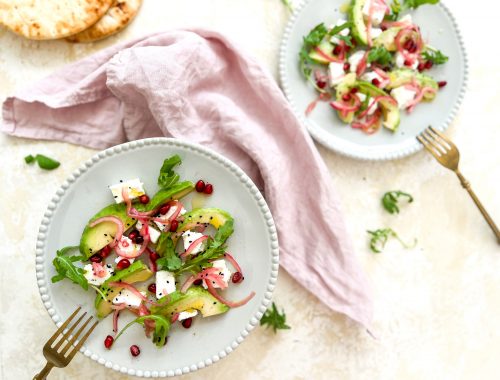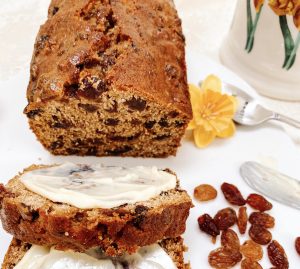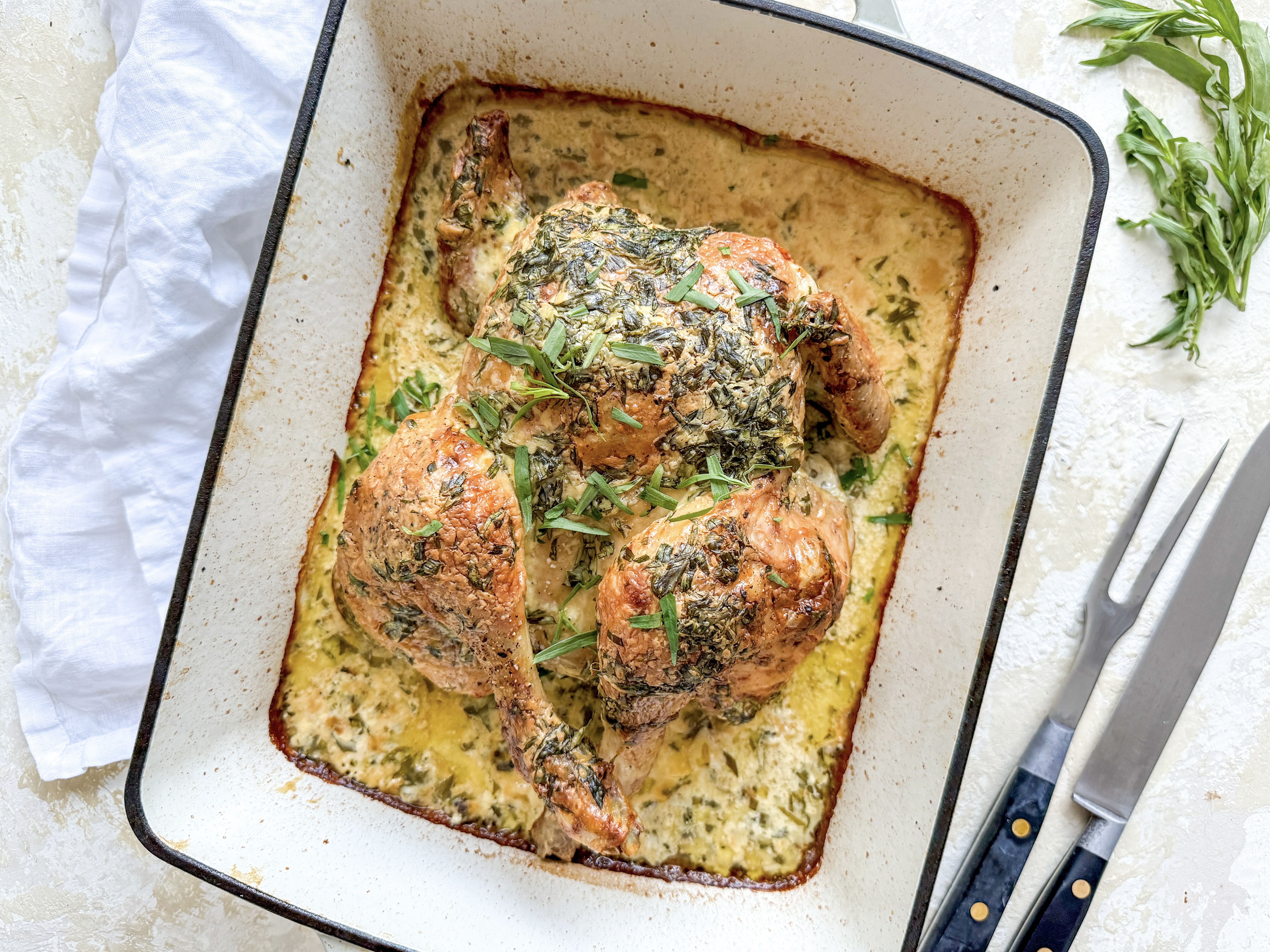
Julius Roberts’ Epic Tarragon Roast Chicken
Succulent, roast spatchcock chicken cooked over wine and garlic and covered in a delectable tarragon, mustard and cream sauce. This fabulous Julius Roberts’ recipe has been all over the internet and there is good reason for this. Not only is it really an epic recipe, it is also incredibly easy to make with only around 10 minutes hands-on time. Serve it simply with your choice of potatoes and some green vegetables or a salad on the side.
Where is this recipe from?
This recipe is from Julius Roberts’ cookery book ‘The Farm Table’. Julius is a first generation farmer and chef whose recipes focus on seasonal food, unfussy home cooking and simple, good quality ingredients. It is a fabulous book, given to me by my lovely friend Kirsty. Whether you are at the beginning of your cooking journey, or you are an experienced chef, I really recommend this Sunday Times best seller.
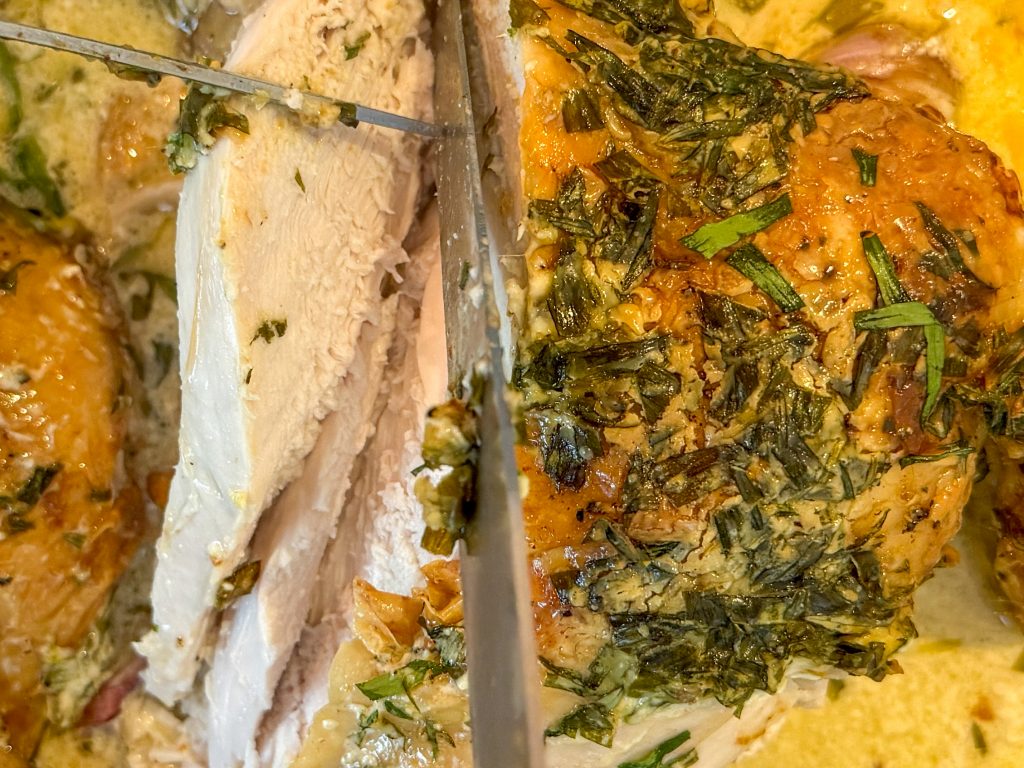
How to make Julius Roberts’ Epic Tarragon Roast Chicken
Collect all the ingredients together:
- whole organic/free range chicken
- olive oil
- freshly ground sea salt and black pepper
- head of garlic, cloves removed, unpeeled and bashed
- 125ml dry white wine
Tarragon sauce:
- fresh double/heavy cream
- fresh tarragon leaves, thick stems removed
- Dijon mustard
- fine sea salt
- freshly ground black pepper
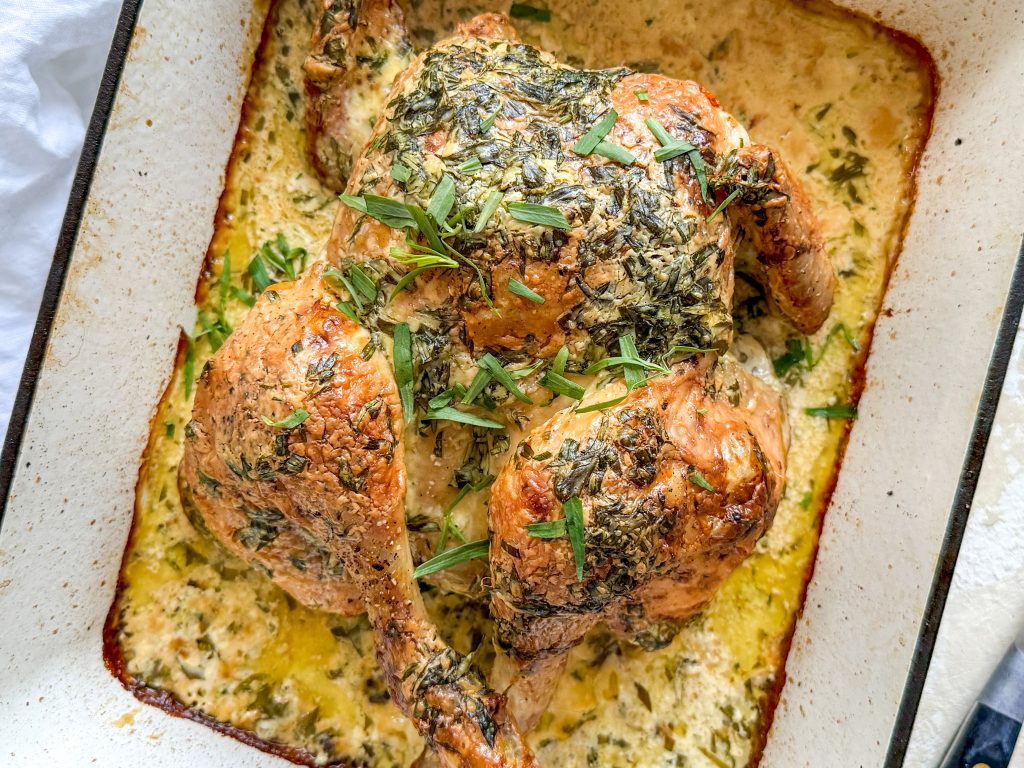
How to make this amazing recipe:
- Chicken: spatchcock the chicken by removing the back bone. For detailed instructions on how to do this, see here. Alternatively, ask your butcher to do this for you.
- Rub the oil all over the chicken, ensuring you get into all the creases. Season generously with salt and pepper on both sides.
- Lightly bash the unpeeled garlic cloves and stuff under the chicken.
- Cook in the centre of a preheated oven for 30 minutes.
- Tarragon sauce: meanwhile, chop the picked tarragon leaves and mix with the cream, mustard and salt and pepper.
- Remove the chicken from the oven after 30 minutes and reduce the temperature to 160°C/325°F/Gas 3 (fan 140°C).
- Pour the wine into the base of the baking tray/dish.
- Next pour the tarragon sauce over the chicken and put it back in the oven for a further 40 – 45 minutes or until cooked. To check if it is cooked, pull the leg away from the bird slightly and skewer into the breast flesh behind the leg. Any juices coming out of the bird should be clear and the meat should be opaque. If you see any pinkness or blood, cook for a further 10 – 15 minutes. If you use a meat thermometer, the internal temperature of the meat should read 75°C or 165°F.
- Allow the chicken to rest for 10 – 15 minutes before serving.
- Serve: with your potatoes of choice and some green vegetables or a fresh salad.
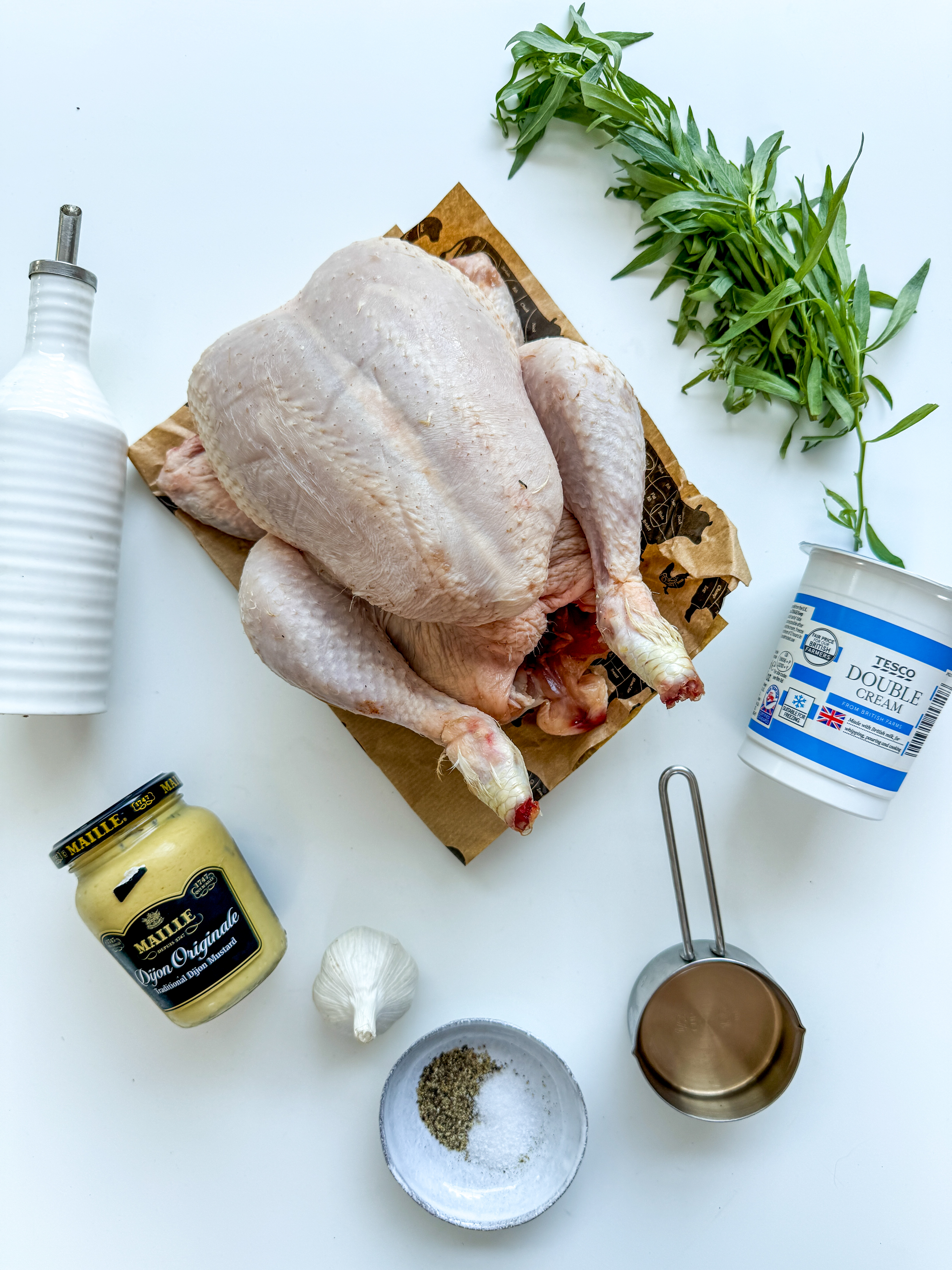
Ingredients 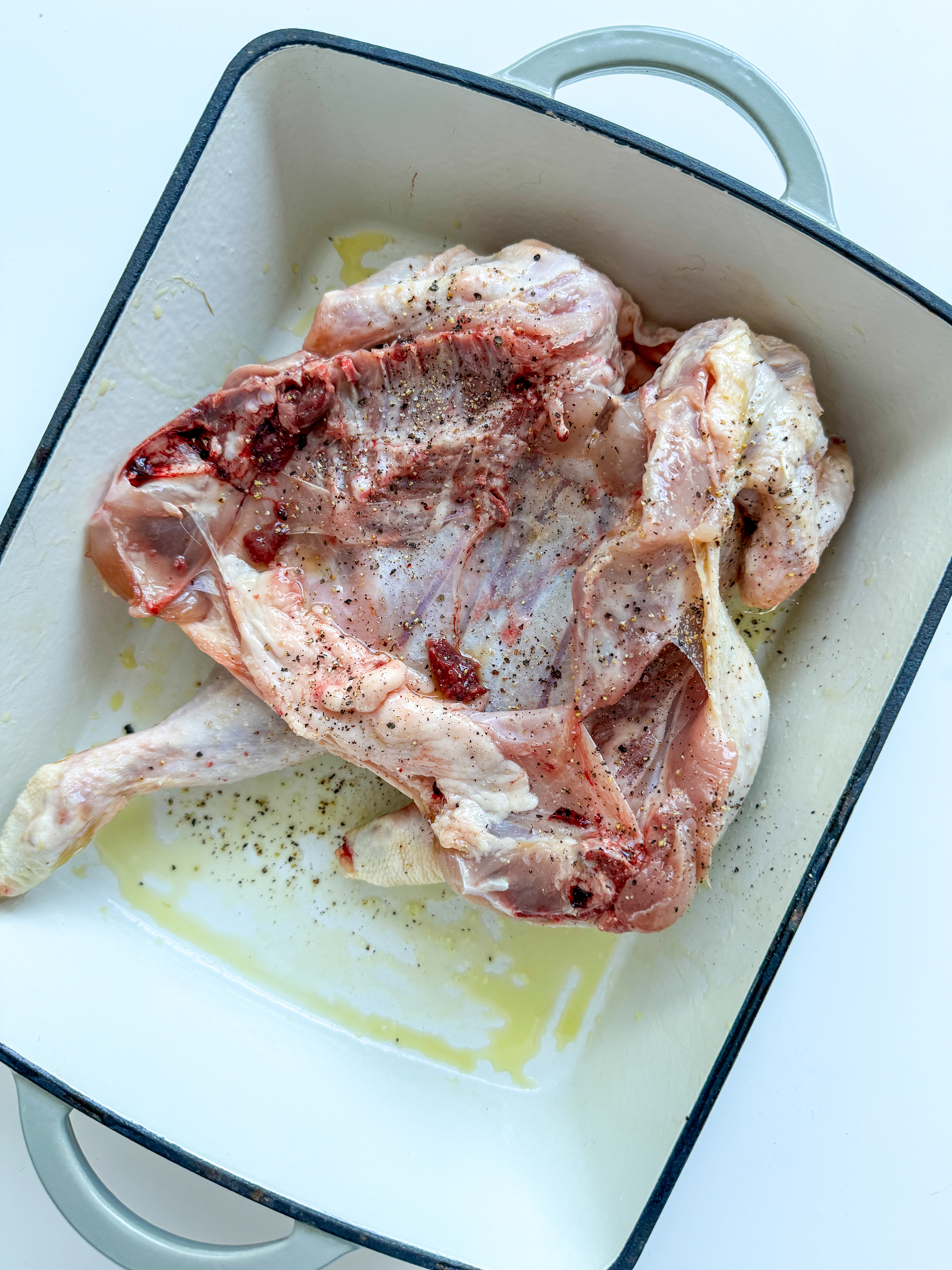
2 Chicken oil, seasoning 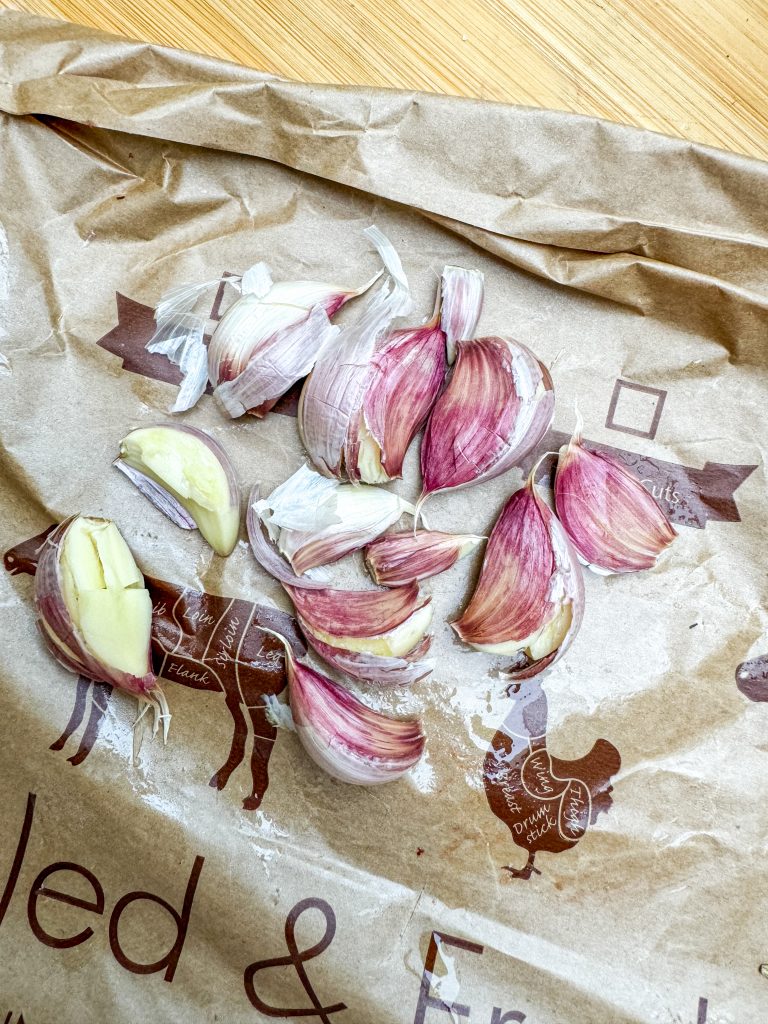
3 Garlic 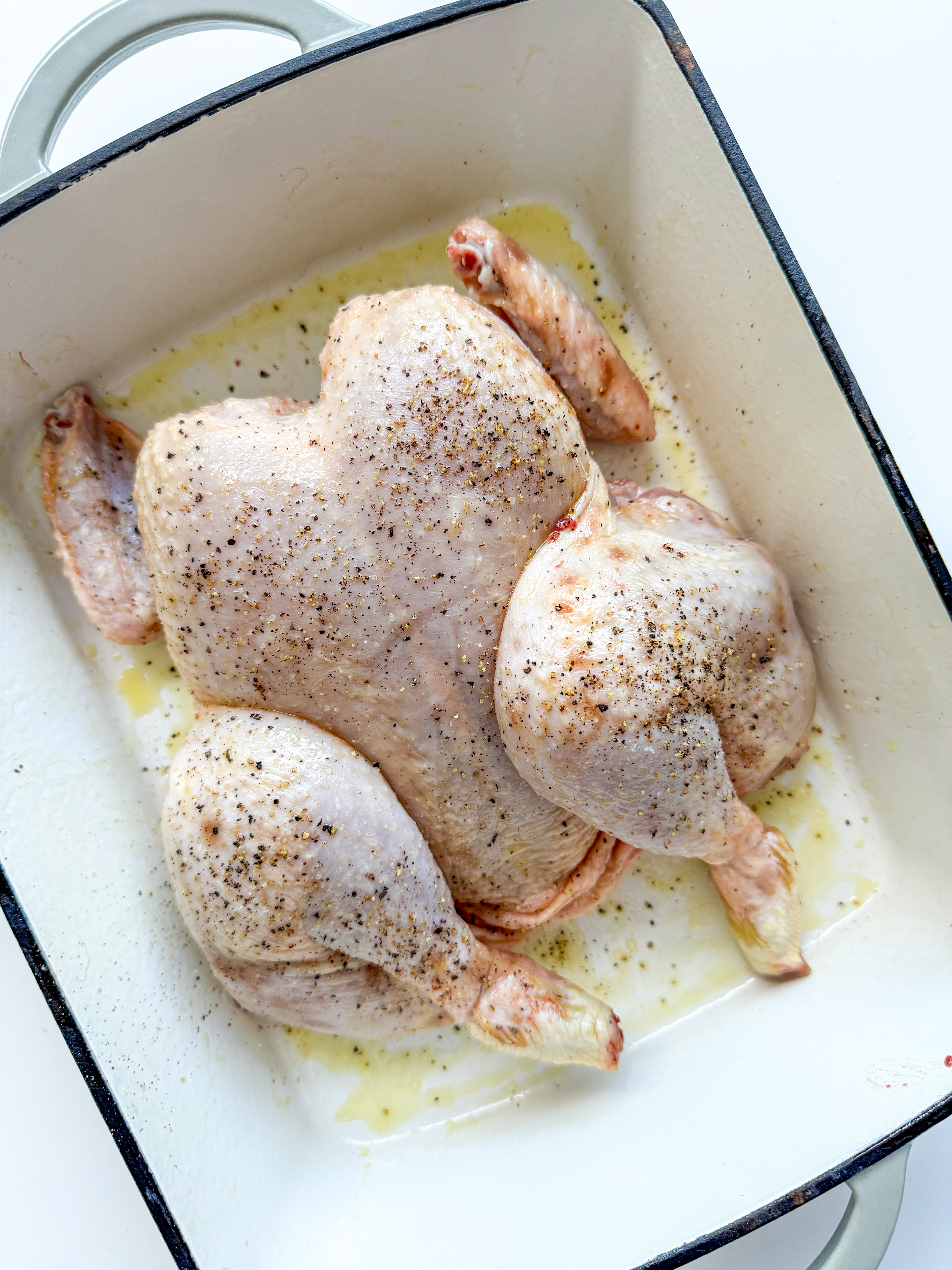
4 Roast 30 mins 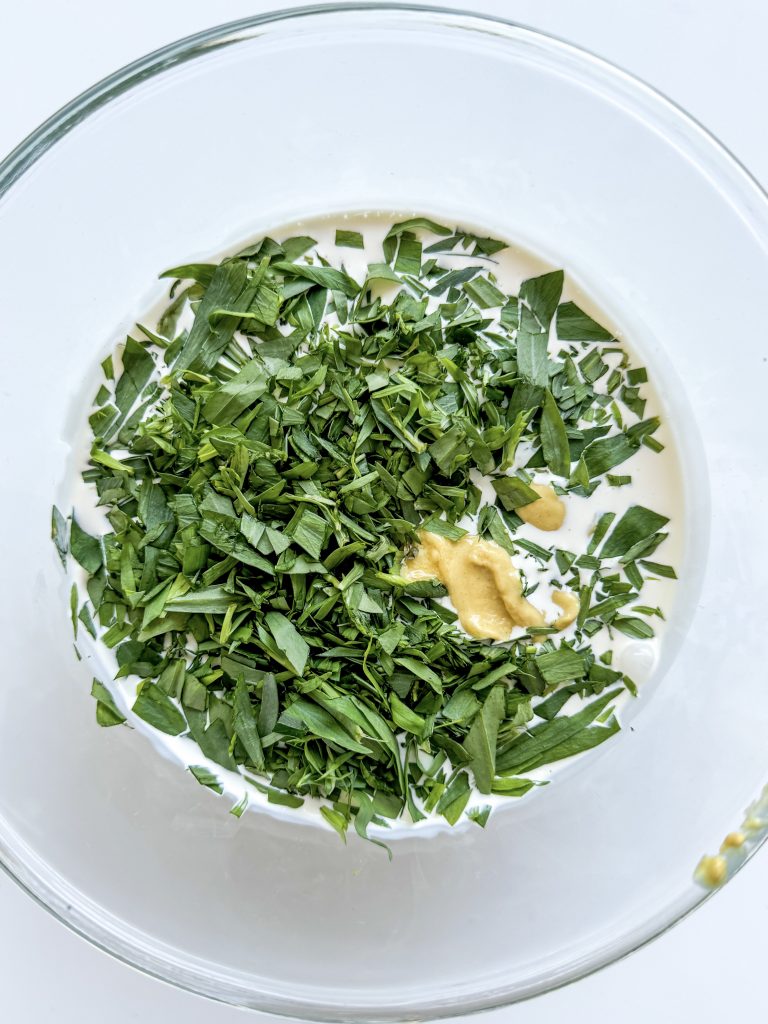
5 Sauce 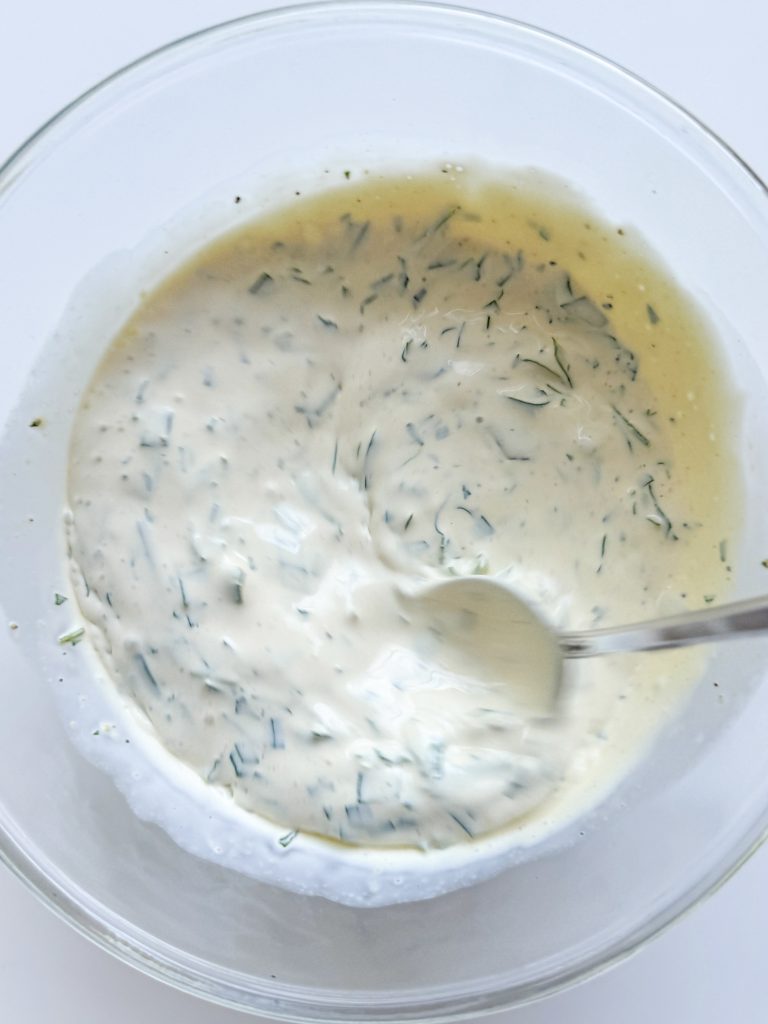
Mix well 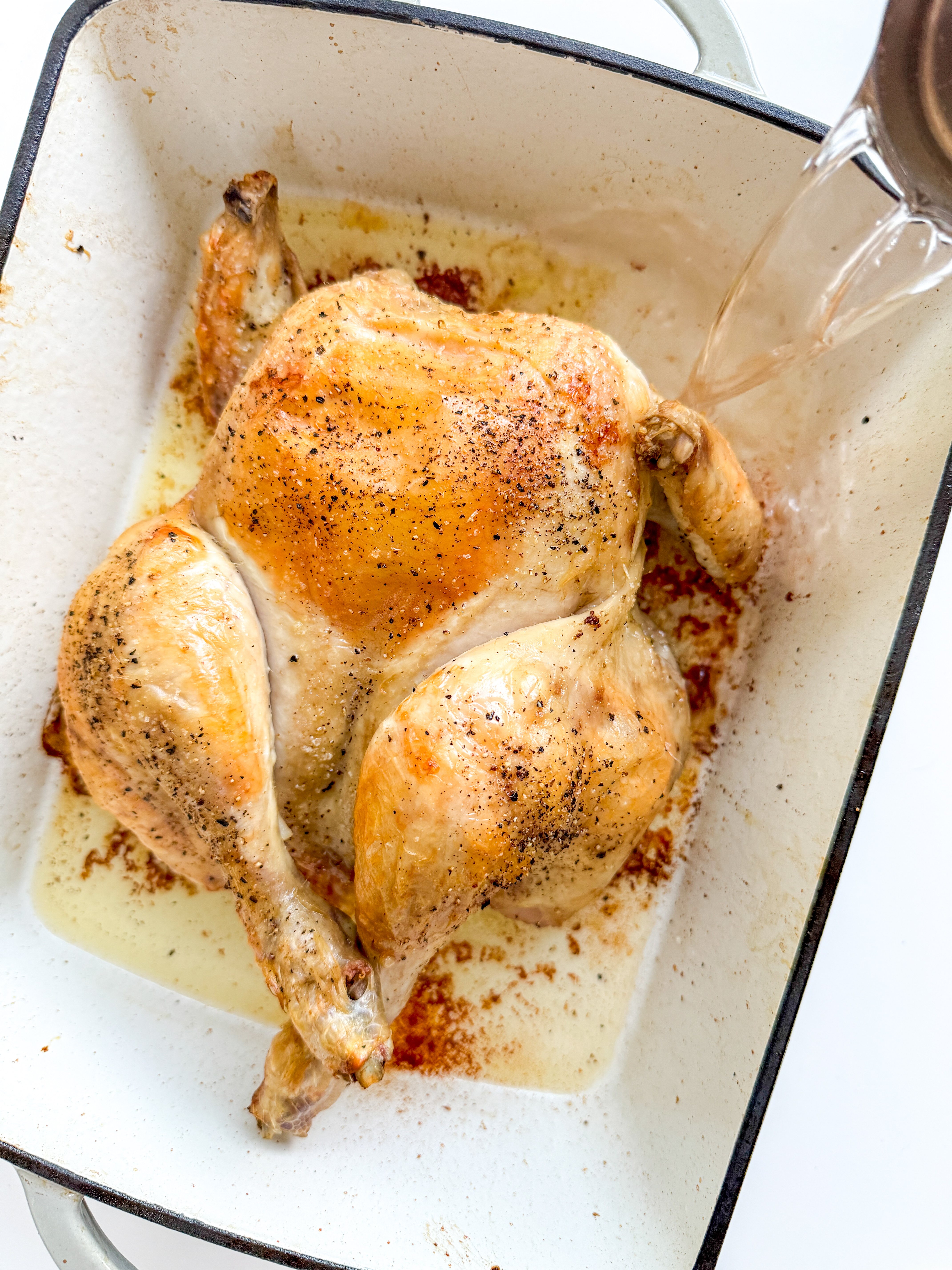
7 Add wine 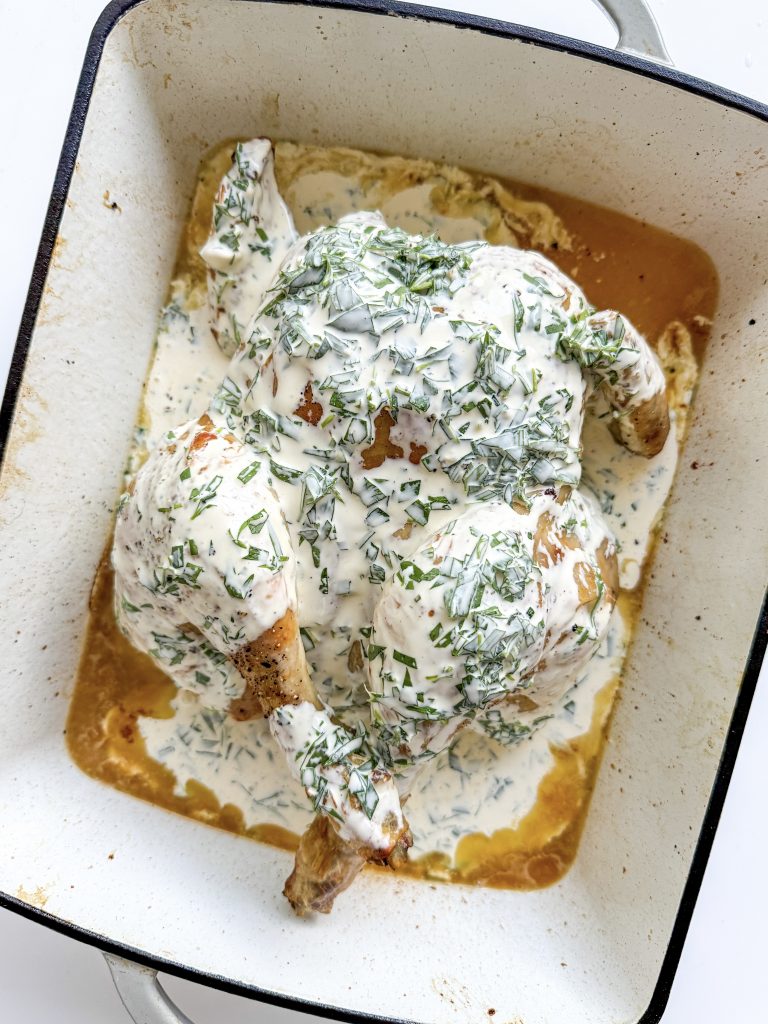
8 Tarragon sauce 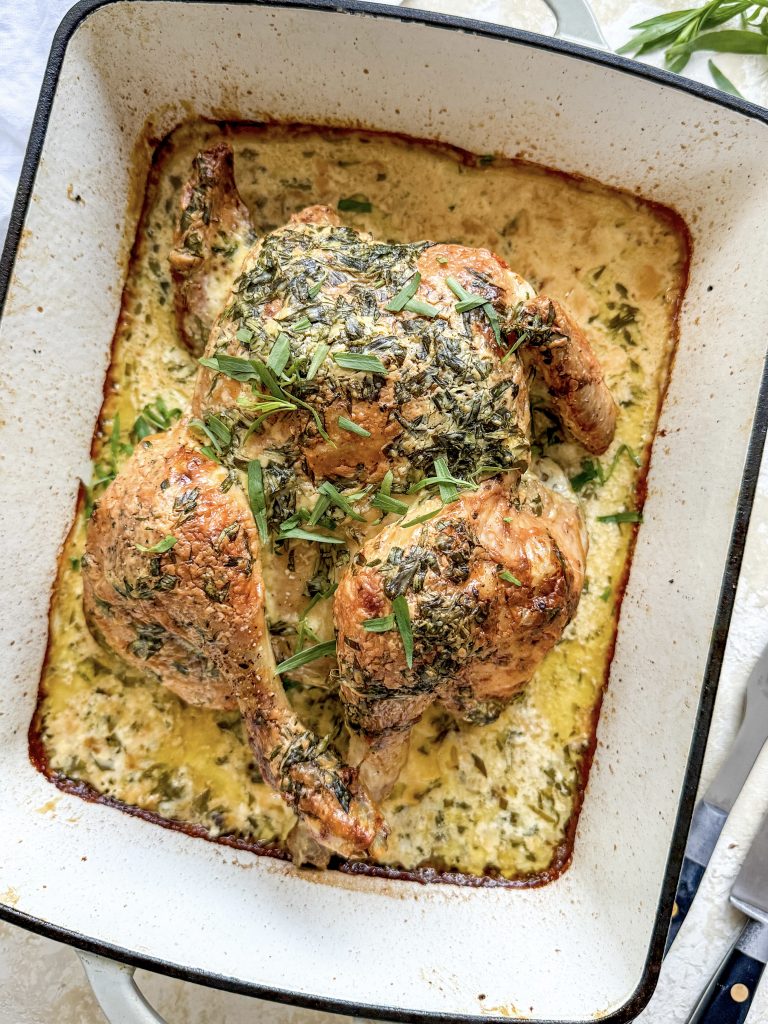
Roast 45 mins
Why should meat be at room temperature when cooked?
When you cook meat, the muscles in the flesh contract and tighten when heated. The colder the muscles the more they will contract; this means it is harder for the heat to distribute evenly. By letting the meat come to room temperature before you cook it, the meat will cook more evenly and when cooked, it will be juicier. It can take between 30 – 60 minutes for fridge cold meat to reach room temperature, depending on its size and the ambient room temperature.
You also need time to rest the meat after cooking:
As the muscles of the meat contract and tighten when cooked, the juices are forced toward the surface of the meat and some will evaporate. (Which is why overcooked meat is dry.) Allowing the meat to rest after you have removed the heat source, means the muscles will relax and the juices can re-distribute throughout the meat. If you cut it immediately, you are in danger of losing some of these juices; your chicken may then be dry and the flavour from those gorgeous juices will be lost.
Made this recipe?
If you make this recipe, do please tag me on instagram @daffodil_kitchen. You could also leave a comment in the box directly below the recipe.
Julius Roberts’ Epic Tarragon Roast Chicken
Succulent roast spatchcock chicken cooked over wine and garlic and covered in a delectable tarragon, mustard and cream sauce. This fabulous Julius Roberts recipe has been all over the internet and there is good reason for this. Not only is it really an epic recipe, it is also incredibly easy to make with only around 10 minutes hands-on time. Serve it simply with your choice of potatoes and some green vegetables or a salad on the side.
Ingredients
Chicken
- 1 whole organic/free range chicken, roughly 1.8kg
- 3 tablespoons olive oil
- freshly ground sea salt and black pepper
- 1 head of garlic, cloves removed, unpeeled and bashed
- 125ml dry white wine
Tarragon sauce:
- 300ml fresh double/heavy cream
- 20g fresh tarragon leaves, thick stems removed
- 1 heaped tablespoon Dijon mustard
- ¼ teaspoon fine sea salt
- ¼ teaspoon freshly ground black pepper
Instructions
-
Collect together your equipment (see Recipe Notes below) and ingredients.
-
Depending on the ambient temperature, remove the chicken from the fridge around 30 – 60 minutes to an hour before you want to cook it. It is important that the chicken is at room temperature before it goes in the oven. (See below for more information on cooking and resting chicken)
-
Preheat oven to 240°C/475°F/Gas 9 (fan 220°C).
-
Chicken: spatchcock the chicken by removing the back bone. For detailed instructions on how to do this, see here. Alternatively, ask your butcher to do this for you.
-
Rub the oil all over the chicken, ensuring you get into all the creases. Season generously with salt and pepper on both sides and place into a baking tray/dish, breast side up.
-
Lightly bash the unpeeled garlic cloves and stuff under the chicken.
-
Cook in the centre of a preheated oven for 30 minutes.
-
Tarragon sauce: meanwhile, chop the picked tarragon leaves and mix with the cream, mustard and salt and pepper.
-
Remove the chicken from the oven after 30 minutes and reduce the temperature to 160°C/325°F/Gas 3 (fan 140°C).
-
Pour the wine into the base of the baking tray/dish.
-
Next pour the tarragon sauce over the chicken and put it back in the oven for a further 40 – 45 minutes or until cooked. To check if it is cooked, pull the leg away from the bird slightly and skewer into the breast flesh behind the leg. Any juices coming out of the bird should be clear and the meat should be opaque. If you see any pinkness or blood, cook for a further 10 – 15 minutes, or until cooked. If you use a meat thermometer, the internal temperature of the meat should read 75°C or 165°F.
-
Allow the chicken to rest for 10 – 15 minutes before serving.
-
Serve: with your potatoes of choice and some green vegetables or a fresh salad.
Recipe Notes
Equipment:
- kitchen scales and measuring cups/spoons
- chopping board and knife
- mixing bowl
- roasting tray
Where is this recipe from?
This recipe is from Julius Roberts’ cookery book ‘The Farm Table’. Julius is a first generation farmer and chef whose recipes focus on seasonal food, unfussy home cooking and simple, good quality ingredients. I really recommend this Sunday Times best seller.
Why should meat be at room temperature when cooked?
When you cook meat, the muscles in the flesh contract and tighten when heated. The colder the muscles the more they will contract; this means it is harder for the heat to distribute evenly. By letting the meat come to room temperature before you cook it, the meat will cook more evenly and when cooked, it will be juicier. It can take between 30 – 60 minutes for fridge cold meat to reach room temperature, depending on its size and the ambient room temperature.
You also need to rest the meat after cooking:
As the muscles of the meat contract and tighten when cooked, the juices are forced toward the surface of the meat and some will evaporate. (Which is why overcooked meat is dry.) Allowing the meat to rest after you have removed the heat source, means the muscles will relax and the juices can re-distribute throughout the meat. If you cut it immediately, you are in danger of losing some of these juices; your chicken may then be dry and the flavour from those gorgeous juices will be lost.
More from my site
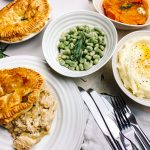 Chicken and Leek Pie with Tarragon
Chicken and Leek Pie with Tarragon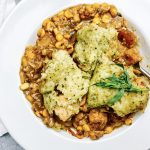 Slow Cooker Chicken, Tarragon and Sweetcorn Casserole with Sour Cream Herby Dumplings
Slow Cooker Chicken, Tarragon and Sweetcorn Casserole with Sour Cream Herby Dumplings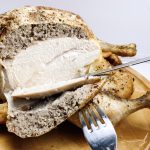 How I Roast Chicken for a Roast Chicken Dinner
How I Roast Chicken for a Roast Chicken Dinner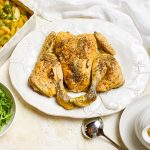 Roast Spatchcock Chicken and Gravy with New Potatoes Cooked in Chicken Stock
Roast Spatchcock Chicken and Gravy with New Potatoes Cooked in Chicken Stock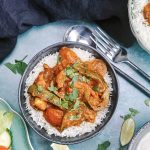 Karahi Chicken
Karahi Chicken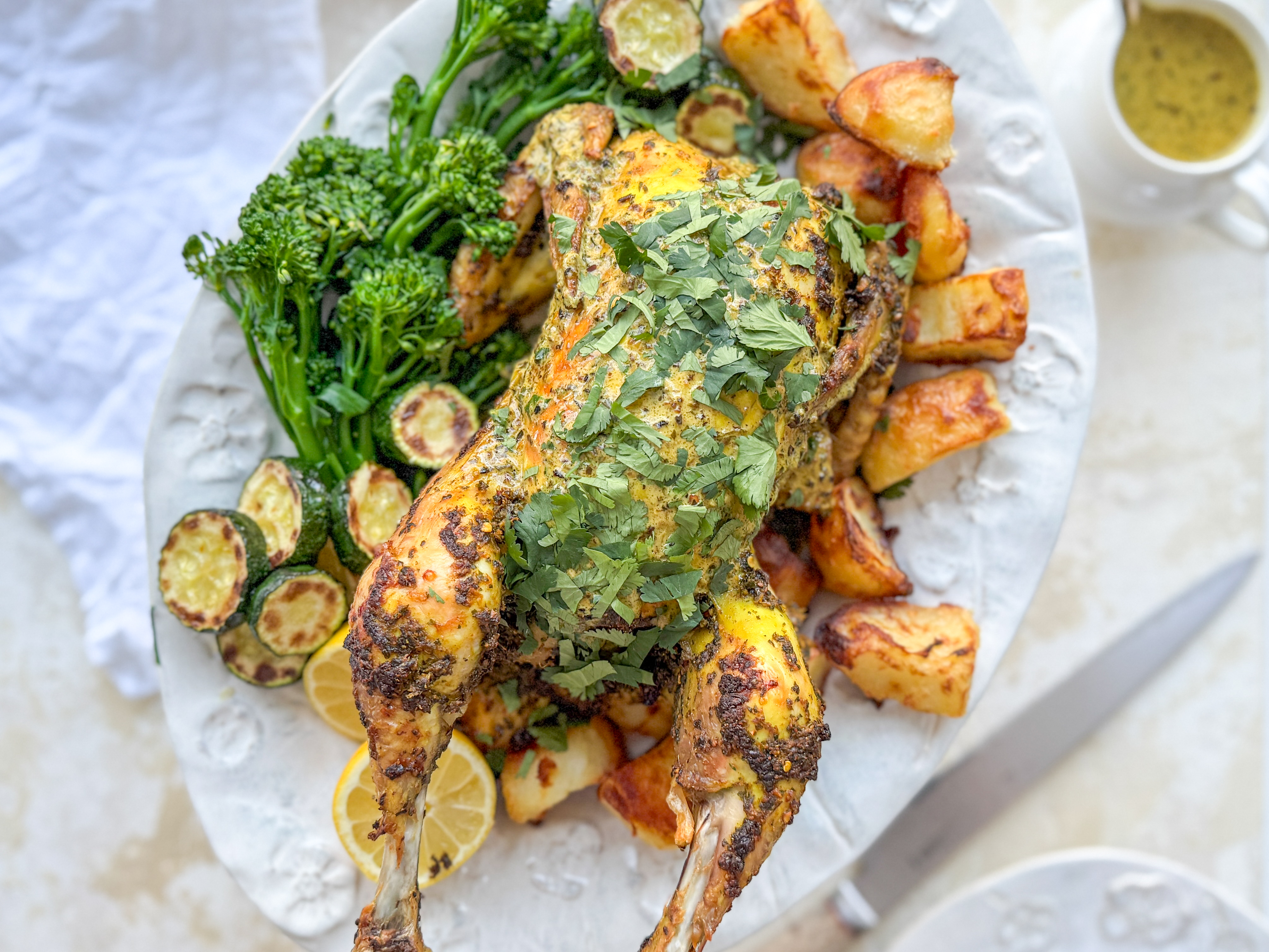 Wadadli Spiced Roast Chicken and Coconut Gravy
Wadadli Spiced Roast Chicken and Coconut Gravy

Quick Red Harissa
You May Also Like
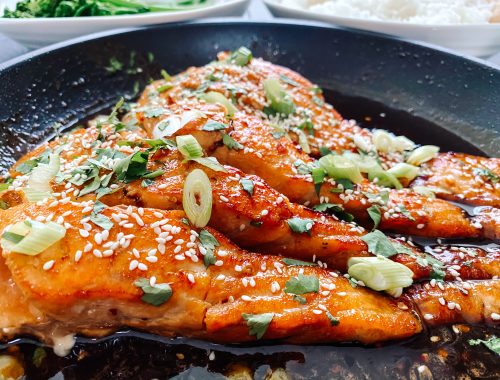
Honey Garlic Salmon Fillets with Soy, Chilli and Lime
23rd May 2020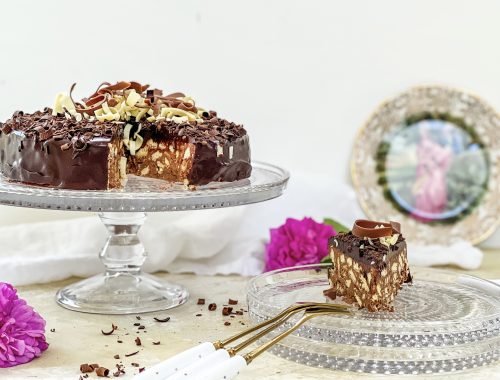
Chocolate Biscuit Cake
1st June 2022